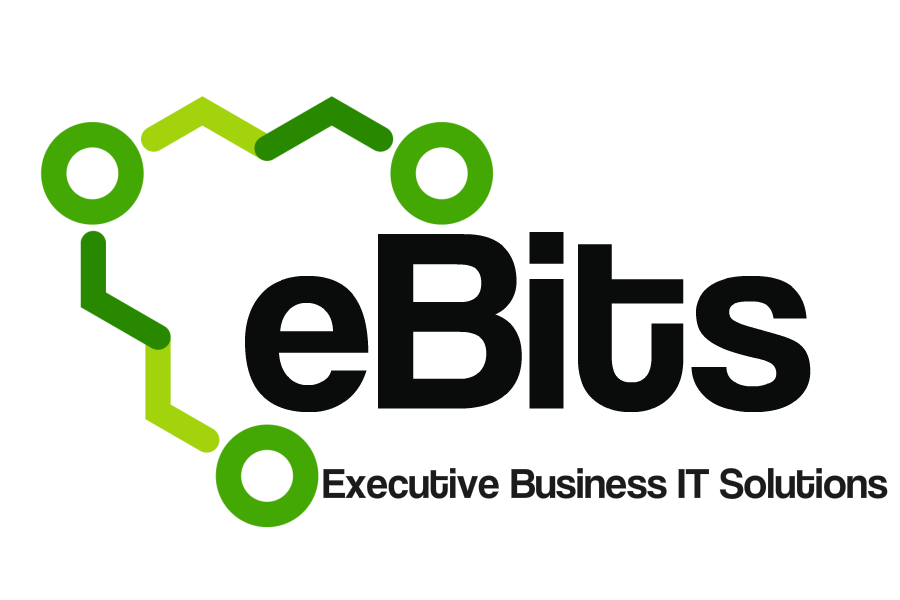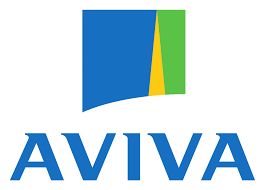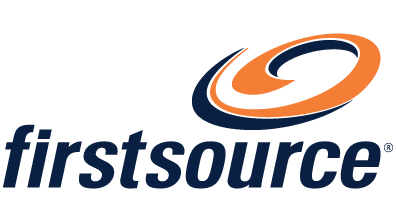Virtual selling is now a core part of modern sales, requiring a blend of technology, strategy, and human connection.
Here’s how to excel at selling in a virtual environment:
1. Prepare Thoroughly
- Research your prospects using CRM data and digital footprints.
- Personalize your outreach and presentations based on the prospect’s needs, industry, and pain points.
- Test your video conferencing technology and ensure you have a professional, distraction-free environment.
2. Build an Engagement Strategy
- Choose the right communication channels for each prospect—email, phone, video call, or messaging.
- Use a personalized sales script tailored to the platform and prospect.
- Share relevant materials before the call to set context and demonstrate value early.
3. Provide Value Immediately
- Start meetings with a unique insight or challenge relevant to the prospect’s business.
- Lead with how your solution addresses their specific needs and goals.
- Use data, case studies, and real-world examples to illustrate impact.
4. Ask Key Questions
- Use open-ended questions to uncover challenges, objectives, and decision criteria.
- Encourage prospects to share their experiences and expectations.
- Listen actively to understand their needs and tailor your pitch accordingly.
5. Practice Active Listening
- Focus on both verbal and nonverbal cues during virtual meetings.
- Show genuine interest by paraphrasing, asking follow-up questions, and addressing concerns directly.
- Take notes and refer back to key points to build trust and rapport.
6. Engage with Interactive Content
- Use live polls, Q&A sessions, product walkthroughs, and whiteboarding tools to keep meetings dynamic.
- Encourage participation and make the session a two-way conversation.
- Schedule regular breaks for longer meetings to maintain attention.
7. Leverage Data and Analytics
- Track prospect engagement with your emails, content, and website.
- Reference these behaviors in your conversations to align your message with their interests and stage in the buying journey.
- Use analytics to refine your approach and follow-up timing.
8. Align Sales and Marketing
- Collaborate closely with marketing to understand which content and messaging resonate with prospects.
- Share insights from sales conversations to help marketing refine lead generation and nurturing strategies.
- Consistent alignment increases closing rates and marketing ROI.
9. Use Storytelling
- Share customer success stories and scenarios that make your solution relatable.
- Personalize stories to reflect the prospect’s industry or challenges.
- Storytelling helps prospects visualize the benefits and outcomes of working with you.
10. Follow Up Promptly
- Send a personalized recap within 24 hours of your meeting.
- Include relevant resources, answers to questions, and clear next steps.
- Timely follow-up keeps your solution top-of-mind and demonstrates professionalism.
11. Continuously Improve
- Solicit feedback from prospects and team members on your virtual selling approach.
- Stay updated on new technologies and best practices.
- Regularly review and refine your virtual sales process for better results.
Pro Tip:
The key to virtual selling success is blending technology with authentic human connection. Be prepared, stay curious, and always put the prospect’s needs at the center of your approach.
Supercharge your virtual selling strategy and turn more conversations into conversions!
























































